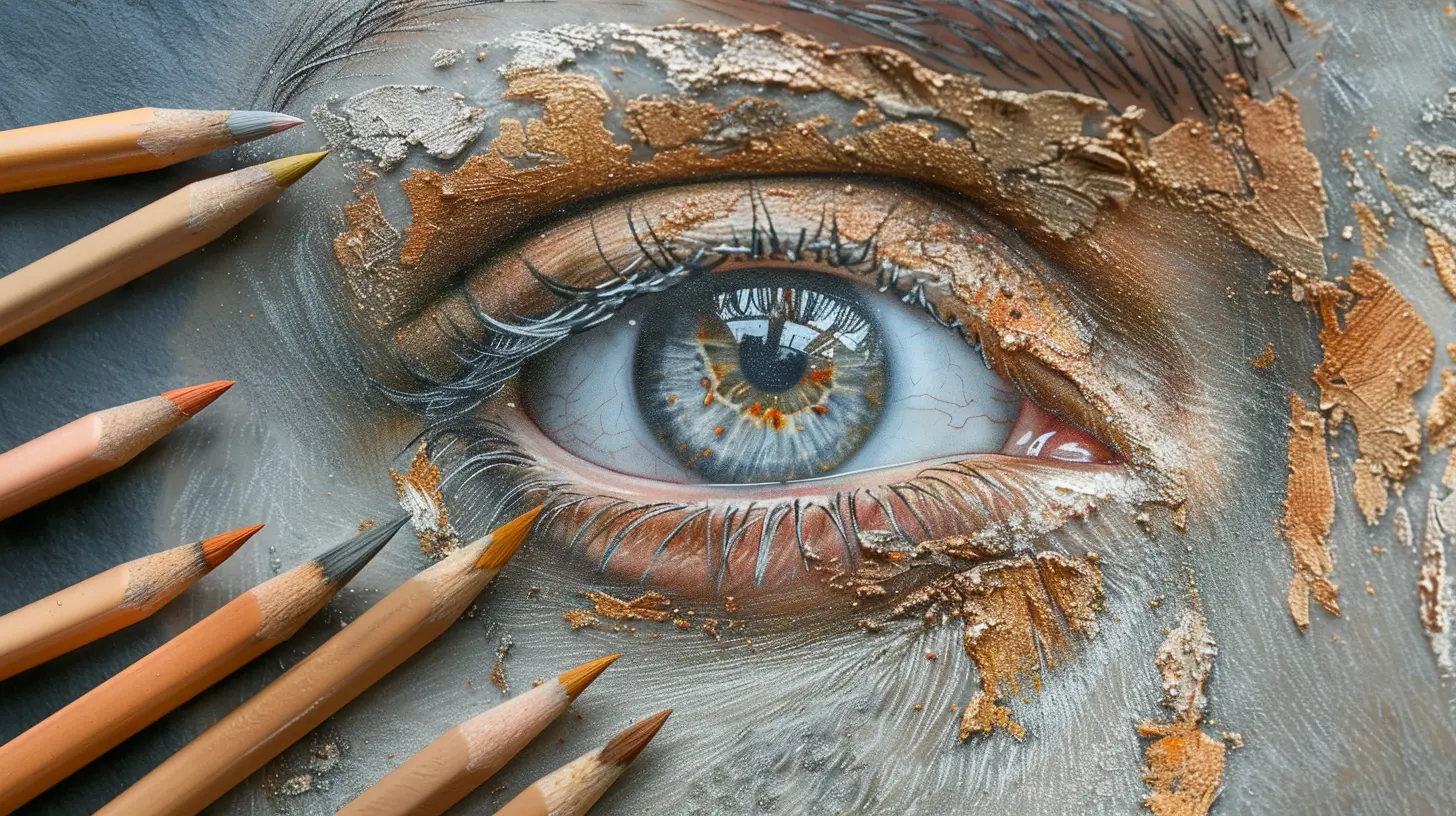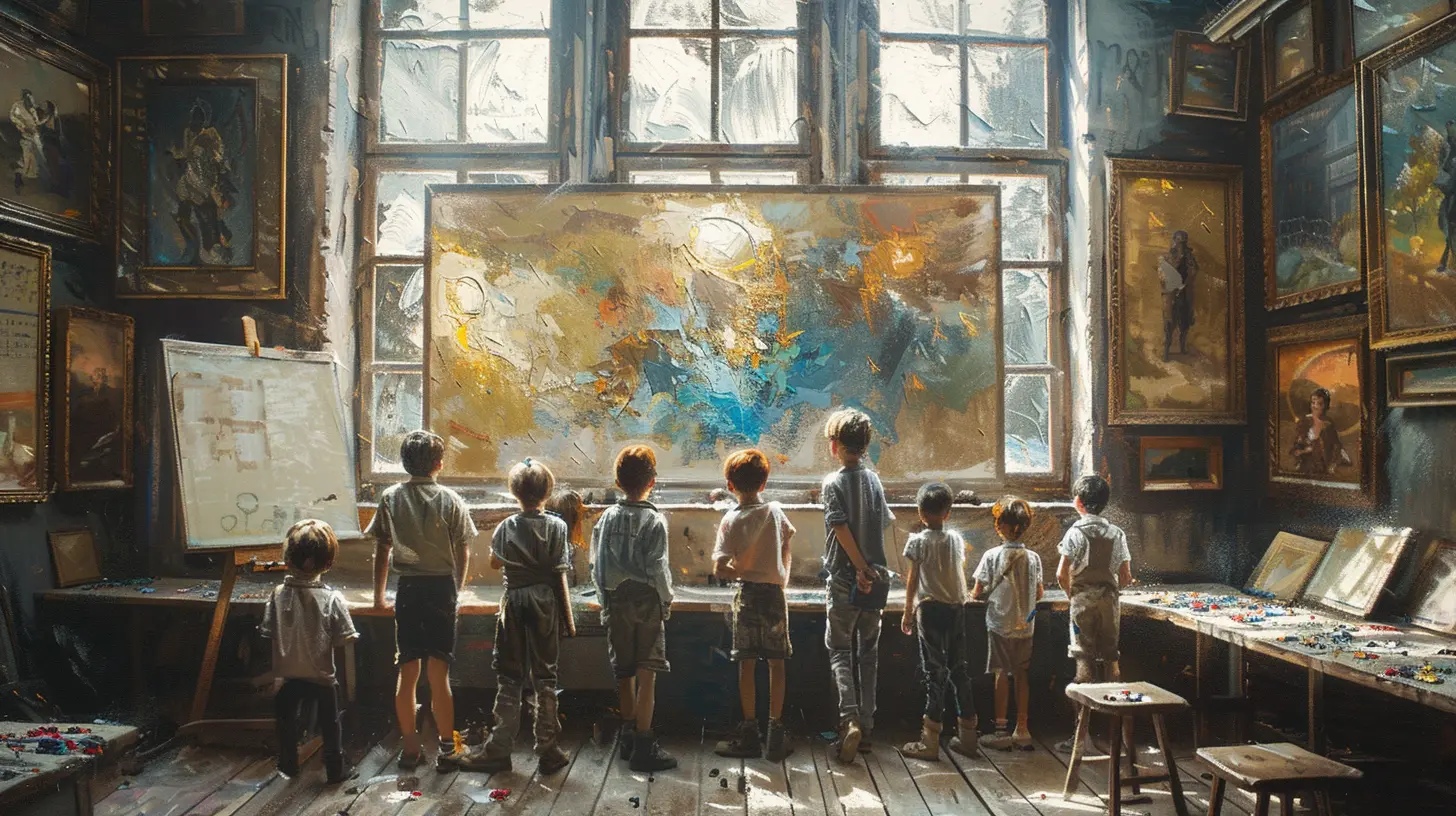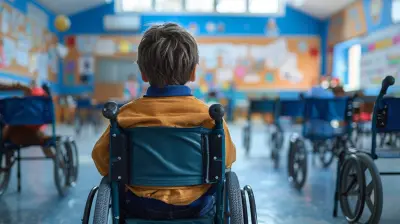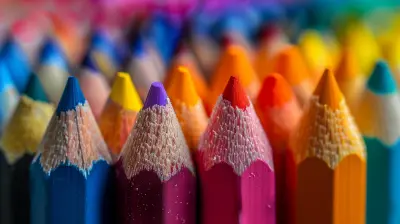Rethinking Traditional Summative Assessments in the Arts and Humanities
21 June 2025
Education is evolving, yet many institutions still rely on outdated assessment methods to measure student learning. In the arts and humanities, where creativity and critical thinking are key, traditional summative assessments like standardized tests, long essays, and written exams often fall short.
But are these assessments truly the best way to evaluate student understanding? Or is it time to rethink how we measure success and learning in these subjects? Let’s dive into why traditional summative assessments may not be the ideal fit and explore alternative approaches that better align with the nature of the arts and humanities.

The Problem with Traditional Summative Assessments
Summative assessments have been the backbone of education for decades. They are designed to measure student learning at the end of a unit, semester, or academic year. Think final exams, standardized tests, or cumulative papers. While these methods work well in some subjects, they often fail to capture the depth of understanding and creativity that arts and humanities require.1. Creativity Can't Be Boxed into a Test
One of the biggest issues with traditional assessments is that they often prioritize memorization and rigid structures. But arts and humanities thrive on creativity, interpretation, and personal expression. How can a timed exam truly measure a student’s ability to analyze a poem, interpret a painting, or craft an engaging historical argument?2. They Encourage Rote Learning Over Critical Thinking
When students are focused on achieving high grades on standardized tests, they often resort to rote learning—memorizing facts instead of deeply engaging with the material. Yet, humanities subjects demand critical thinking, discussion, and reflection. Students should be developing their own interpretations and arguments rather than simply regurgitating information.3. Lack of Real-World Application
In the real world, professionals in the arts and humanities are rarely judged by a single exam or essay. Instead, they produce portfolios, conduct research, or engage in public presentations and performances. Why don’t we assess students in the same way? A well-researched historical essay or a thought-provoking documentary film is far more reflective of real-world skills than a two-hour written test.4. Test Anxiety and Unequal Opportunities
Not all students thrive in high-pressure environments like exams. Some may have test anxiety or struggle with timed assessments. Others might excel in hands-on projects or verbal presentations but underperform in written tests. A truly fair education system should provide assessment options that cater to diverse learners' strengths.
Alternative Approaches to Assessments
So, if traditional summative assessments aren’t the best fit for the arts and humanities, what alternatives do we have? Let’s look at some approaches that promote deeper engagement, creativity, and critical thinking.1. Portfolio-Based Assessments
Instead of a final exam, why not allow students to build a portfolio of work throughout the course? This could include essays, visual presentations, creative projects, or research papers. Portfolios showcase a student's growth over time, providing a much richer view of their learning journey.2. Project-Based Assessments
Imagine a history student producing a documentary about a historical event instead of writing a test. Or an English student creating an interactive website analyzing a collection of poems. Project-based assessments give students the freedom to explore topics in depth and showcase their skills in ways that feel meaningful.3. Performance-Based Assessments
For subjects like theater, music, or literature, performance-based assessments make perfect sense. Performing a play, composing a piece of music, or delivering a spoken-word presentation allows students to actively engage with their subject rather than passively writing about it.4. Collaborative Assessments
Discussions, debates, and group projects can be powerful tools for assessment. By working collaboratively, students learn to communicate ideas effectively, engage with different perspectives, and think critically—skills essential in the arts and humanities.5. Self-Reflection and Peer Assessment
Encouraging students to reflect on their own learning journey can be incredibly powerful. Writing self-assessments or providing feedback to peers helps students develop metacognitive skills—thinking about how they learn and improving based on feedback.
Addressing Concerns About Alternative Assessments
Of course, shifting away from traditional summative assessments isn’t easy. Educators and institutions may have concerns:- How do we ensure fairness? Alternative assessments should follow clear rubrics and guidelines to maintain objectivity.
- Will it be too time-consuming? While grading projects and portfolios take more time, they also provide richer insights into student learning.
- Are students prepared for standardized testing in the future? While some standardization may be necessary, alternative assessments can coexist alongside traditional methods, offering a balanced approach.
The key is flexibility. Not all students learn or express themselves the same way, so why should we assess them in only one rigid format?
The Future of Assessments in the Arts and Humanities
We’re living in an era where creativity and critical thinking are more valuable than ever. The digital age has reshaped how we consume information and create content, making it even more essential for students in the arts and humanities to develop adaptable and innovative skills.Rethinking summative assessments isn’t just about making exams “easier” or eliminating them altogether—it's about making them more meaningful. Education should empower students, not restrict them. It should encourage them to think deeply, create boldly, and engage authentically with their subjects.
At the end of the day, assessments should serve students, not the other way around. If we want to truly nurture the next generation of artists, writers, historians, and philosophers, we need to ensure that the way we evaluate them aligns with the skills they actually need in the real world.
Maybe it’s time we finally ask ourselves—if creativity knows no boundaries, why should assessments?
all images in this post were generated using AI tools
Category:
Summative AssessmentAuthor:

Fiona McFarlin
Discussion
rate this article
2 comments
Eleanor Wilson
This article offers valuable insights into evolving assessment methods in arts and humanities.
November 7, 2025 at 5:23 AM

Fiona McFarlin
Thank you! I'm glad you found the insights valuable. Your feedback is greatly appreciated!
Lincoln McClure
Oh sure, let’s just throw grades out the window and replace them with interpretive dance evaluations!
June 23, 2025 at 10:54 AM

Fiona McFarlin
I appreciate your perspective! While interpretive dance might be extreme, the goal is to explore diverse evaluation methods that encourage creativity and deeper understanding.


